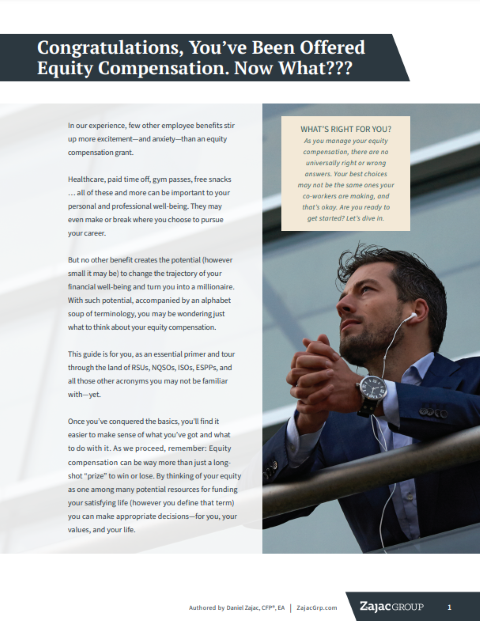Often 6 months long, a purchase period is the time during which after-tax employee contributions are collected. A purchase period ends with a purchase date, when shares of stock are bought on the employees’ behalf (at the better of the purchase date price or the lookback price, if eligible, less an applicable discount). An offering period may have 1 or multiple purchase periods.
Category: P
Purchase Date
The predetermined date an ESPP uses contributions to purchases shares of stock for its participants.
Publicly Traded Stock
After your company has completed its initial public offering, its stock becomes publicly traded. You (and others) can buy and/or sell your company stock and track its current fair market value on a public exchange such as the Nasdaq or New York Stock Exchange.
Pre-IPO
Before your company has “gone public” by completing its initial public offering, any stock shares or stock options you may hold cannot be readily bought or sold—except potentially internally, or if your firm is acquired by another company who buys out your options. It’s also more difficult to discover the true fair market value, at which public buyers and sellers would be willing to trade on the stock. You may be able to, however, exercise stock options prior to an IPO.
Dive Deeper
Whether you’re just getting started or expanding your knowledge, here are some resources to get you started.
NEW! The Ultimate Guide to Equity Compensation

Understand what you have, what you should consider, and what ultimately matters to you.
Hi, I'm Daniel Zajac, CFP®, EA

I write about equity compensation and employee stock options in a way that is easy to understand.
NEW! The Ultimate Guide to Equity Compensation
Understand what you have, what you should consider, and what ultimately matters to you.
FREE DOWNLOAD
Get the Ultimate Guide to Incentive Stock Options to better understand your equity compensation.


